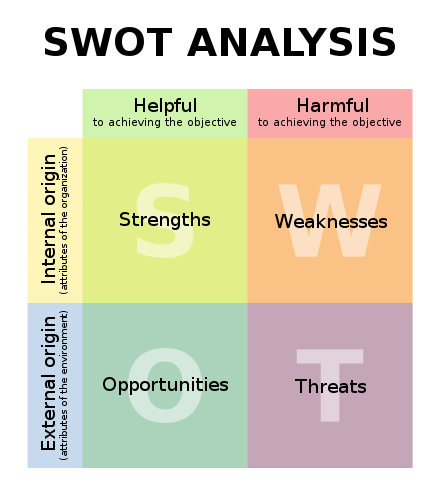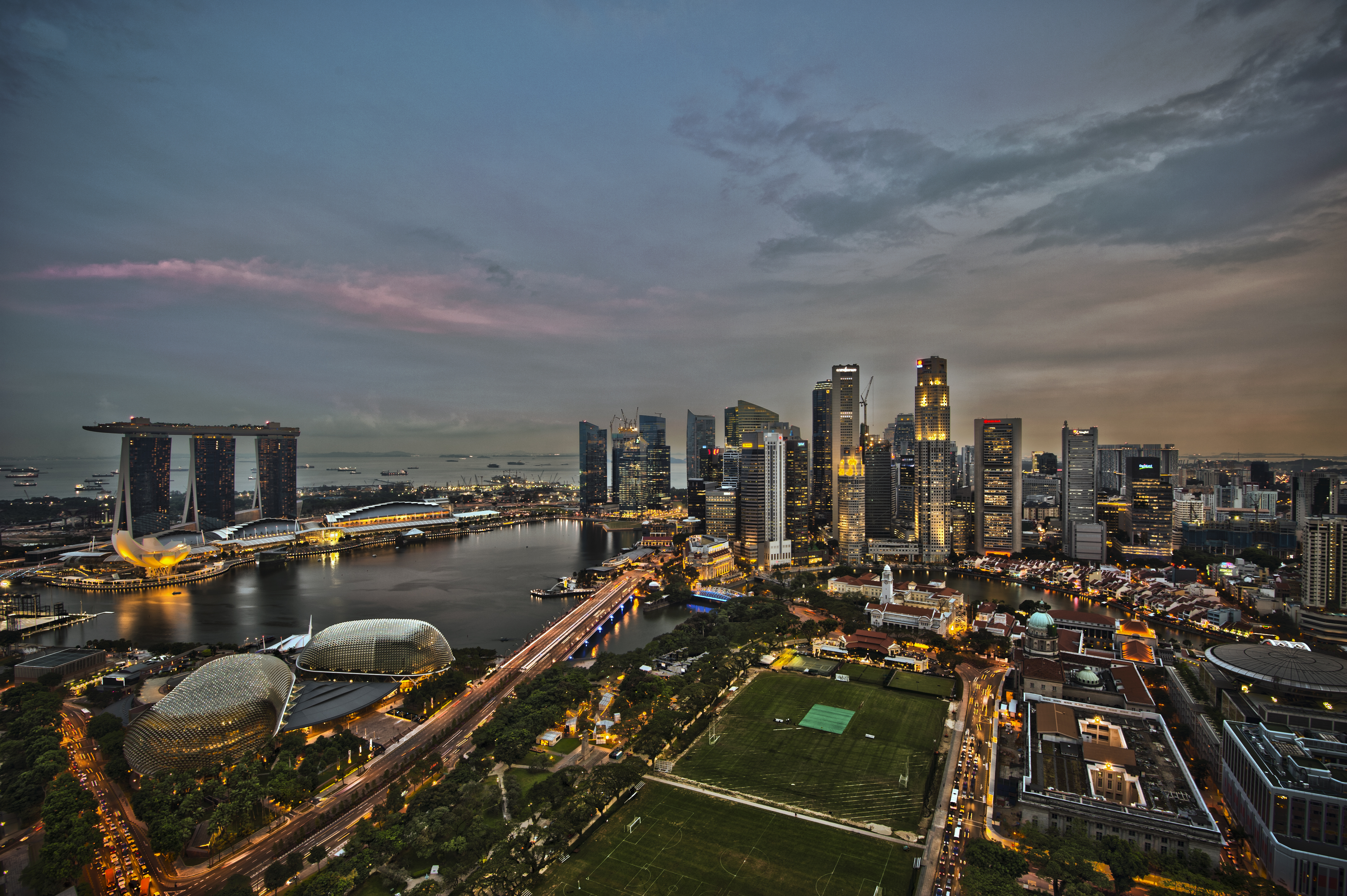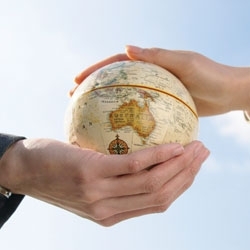In this week’s seminars, we covered the S.W.O.T analysis and framework.
Strengths: Features of the organization that gives it a competitive advantage over its rivals and competitors
Weaknesses: Features of the organization that places it at a relative disadvantage compared to its rivals and competitors
Opportunities: External elements that the organization could export to its advantage
Threats: External elements that could cause trouble and put the organization at a disadvantage
Singapore Airlines (SIA) is Singapore’s national carrier, making a net income of S$378.9 million (£186.6 million) in FY 2012/13. SIA is one of the world’s leading airlines, bagging Skytrax’s “Airline of The Year” award for several years in 2004, 2007 and 2008. In more recent years, it has come in 2nd and 3rd to other airlines such as Emirates, Qatar, Asiana and Cathay Pacific.
STRENGTHS
Exceptional branding and marketing coupled with premium customer service and unparalleled hospitality
Singapore Airlines is reputed for delivering quality service. The airline’s air stewardesses, also known as the Singapore Girl, dressed in the distinctive “Sarong Kebaya”, is a prominent element of SIA’s marketing. The iconic images and branding of the Singapore girl is recognized globally and has become a visual trademark. The Singapore Girl has become a symbol of world-class experience and portrays the values of affection, kindness, compassion and gracefulness.
Quality service has become a differentiating factor for SIA, their strong brand name has given them the ability to charge a premium for their products due to the additional value that consumers place on the service that SIA provides.
Diversification of business risks by offering other specialized services.
Singapore Airlines offers several other specialized services so as to diversify its business risks, providing greater stability to their business. SIA Group has its normal passenger airline operations, cargo operations and engineering services. It also has two wholly-owned subsidiaries, Scoot and Silkair. While Singapore Airlines is a full-fledged airline, SilkAir operates medium haul flights for locations across Asia and Scoot is a budget airline specializing in low cost flights between Singapore and Australia and other parts of Asia.
SIA Cargo operates worldwide with a fleet of freighter airplanes, involved in air cargo transportation.
SIA Engineering provides maintenance, fleet management programmes and ground handling services to over 85 airlines.
Singapore Airlines has a strong hub in Singapore and has a large geographical spread.
Singapore Airlines flies to 65 international destinations in 35 countries over 6 continents, while its subsidiary, Silkair, flies to 45 destinations in 12 countries.
By operating to multiple destinations, it reduces the airline’s reliance on a specific geographic market for a majority of its revenue, reducing their business risk.
WEAKNESSES
Heavy reliance on international traffic
Singapore is a small country and the domestic market in Singapore is very limited thus SIA has to rely heavily on travellers and passengers from all over the world, and cannot depend on their domestic market to survive.
Limited growth in market share
Due to increasing competition from other airlines, it is difficult for SIA to grow their market share.
OPPORTUNITIES
Growth of global tourism industry
According to the World Tourism Organization, international tourist arrivals grew by 4% in 2012 to reach 1.035 billion, and it expects the tourism industry to keep up its growth at a rate of 3% to 4%.
Moreover, according to International Air Transport Association, there will be 3.6 billion air travellers by 2016.
Since SIA has a strong operational base, it is in a good position to benefit from the growth of the global tourism industry, generating additional revenue for SIA.
Growth through establishing operational alliances
Singapore Airlines started code-sharing on Australian domestic flights, partnering with Scandinavian Airlines as well as JetBlue Airways. By forming more of these strategic operational alliances, it would help strengthen SIA’s market position, allowing the airline to broaden its reach and cater to a larger base of travellers.
More international destinations
Singapore Airlines can leverage on its high value brand image and expand their list of destinations. Many people would fly with Singapore Airlines since it has a good reputation and SIA would be able to expand its market share and global presence.
THREATS
Intense Competition in Aviation Industry
The airline industry is a highly competitive one. Singapore Airlines’ direct competitors are airlines that fly on the same routes, and faces indirect competition from airlines that have indirect flights as well as other modes of transport.
Some of Singapore Airlines’ competitors include Cathay Pacific Airways, All Nippon Airways, Emirates, Qatar Airways and United Continental. Some of the factors that these airlines compete over are fares, customer service, flight schedules, routes served, safety record and reputation, code-sharing relationships and frequent flyer programmes.
Furthermore, there is often price competition between airlines through price discounting and fare matching. If SIA was to make a relatively small change in the pricing of their fares, it could have a disproportionate effect on their operating and financial results. Hence, the intense competition that the group faces could affect their operating margins.
Volatile prices in petroleum market
Jet fuel is the main raw material used in the airline industry. International prices of crude oil have always fluctuated widely due to factors that are not within the control of Singapore Airlines.
In FY 2012, cost of jet fuel formed 40% of SIA’s total expenses.
Thus, when jet fuel prices increase, the operating costs of SIA will also increase, which will adversely impact SIA’s profitability.
Future Direction and Possibilities
In my opinion, even though Singapore Airlines faces the threat of competitive pricing, it is in a good position to continue charging relatively higher prices as compared to its competitors. This is because Singapore Airlines has built up a strong brand image and is a reputable airline with superb safety records. This would mean that they would attract a loyal customer base who would not mind paying a little more for better services and a sense of assurance.
With the expected increase of international tourist arrivals, SIA could capitalise on this and further expand their list of destinations by taking on some new and profitable routes. This would help them widen their reach and also increase their market share and global presence.
As Singapore Airlines have already built up such a good reputation for themselves, they would be able to easily attract new customers as people have good faith in their airline.
































